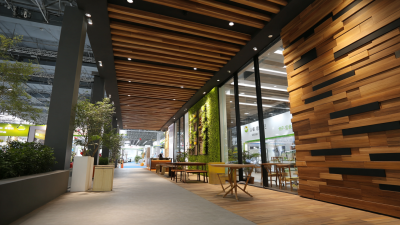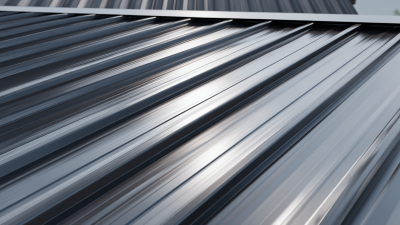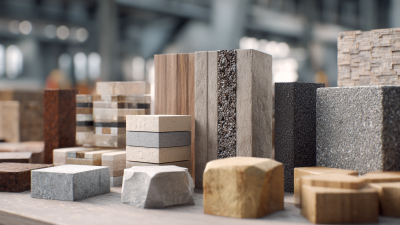Exploring Composite Windows Market Trends at the 138th Canton Fair 2025 with Key Industry Insights
As we delve into the dynamic landscape of the composite windows market during the 138th Canton Fair in 2025, it’s imperative to consider the latest industry trends and insights that are shaping this sector. According to a recent report by MarketsandMarkets, the composite windows market is projected to grow at a CAGR of 5.2% from 2021 to 2026, driven by increasing demand for energy-efficient and sustainable building materials. The fair serves as a vital platform for manufacturers and suppliers to showcase innovative products, reflecting the growing emphasis on aesthetics, durability, and thermal performance in composite windows.
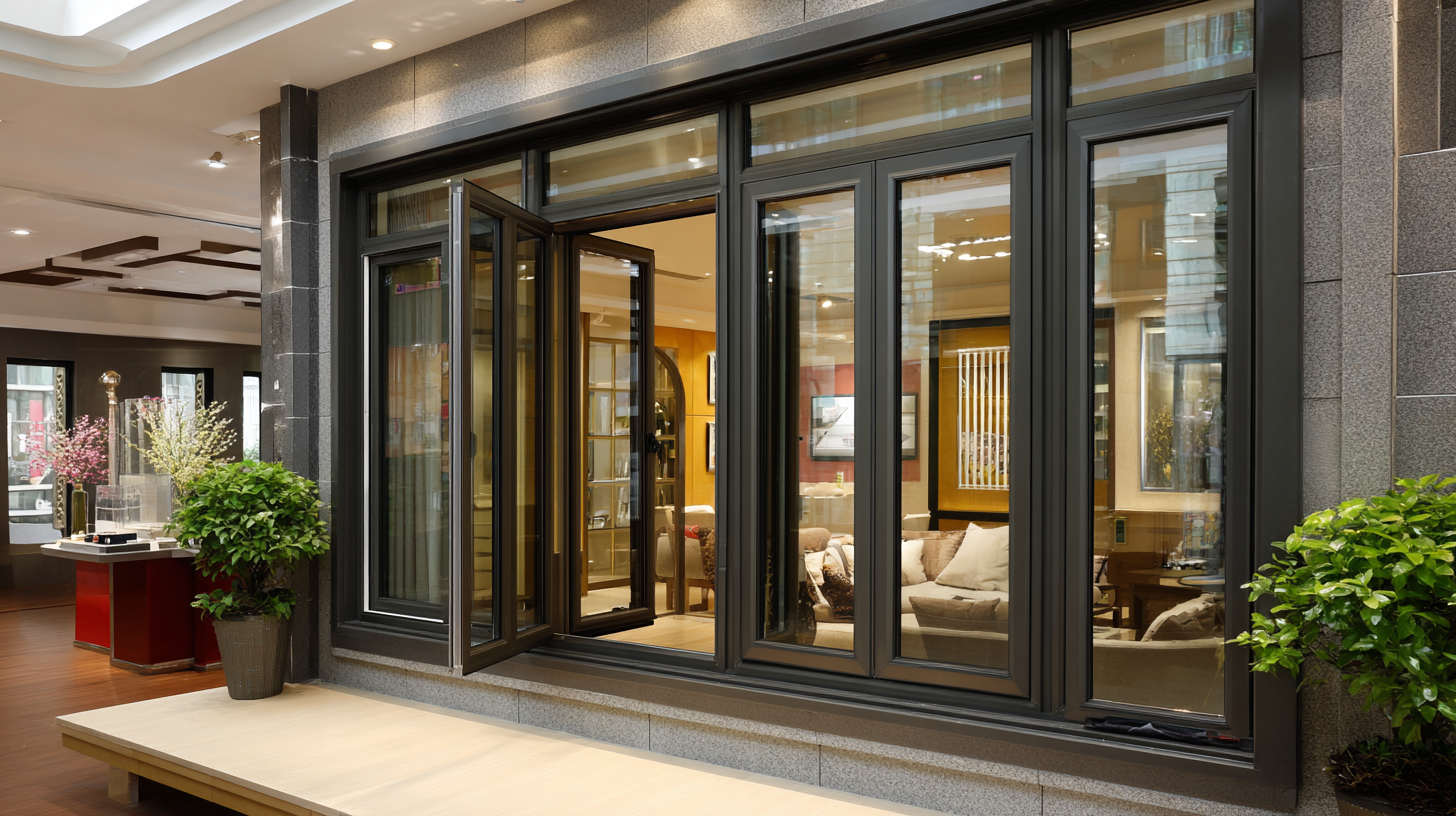
Furthermore, with the global construction industry's expansion, particularly in emerging markets, the adoption of composite windows is expected to surge, presenting significant opportunities for stakeholders. Exploring these trends at the Canton Fair will provide valuable insights into future directions for the composite windows industry.
Emerging Trends in Composite Windows at the 138th Canton Fair
At the 138th Canton Fair in 2025, the composite windows market is expected to showcase significant emerging trends that reflect the industry's evolving landscape. Reports indicate that the global composite window market is projected to reach approximately $7 billion by 2026, growing at a compound annual growth rate (CAGR) of 5.2%. This growth is driven by increasing demand for energy-efficient and sustainable building materials, which composite windows provide due to their superior thermal insulation properties and durability.
Additionally, innovative designs and aesthetics are becoming pivotal in the consumer decision-making process. As noted in a recent industry analysis by MarketsandMarkets, the popularity of customizable options is surging, with 60% of consumers expressing a preference for personalized window solutions. The integration of advanced technologies, such as smart window systems that enhance energy efficiency, is also on the rise, predicted to constitute about 25% of the composite window market by 2025.
At the Canton Fair, key industry players will likely focus on showcasing these advancements, catering to a market increasingly inclined towards both functionality and design.
Key Innovations and Technologies Shaping the Composite Windows Market
At the 138th Canton Fair in 2025, innovations and technologies will take center stage in the composite windows market. Key players are expected to showcase advanced materials that enhance both durability and energy efficiency, responding to the growing demand for sustainable building solutions. Notably, the integration of smart technology into window systems will offer consumers real-time data on energy usage and environmental conditions, marking a significant shift in how windows contribute to smart home ecosystems.
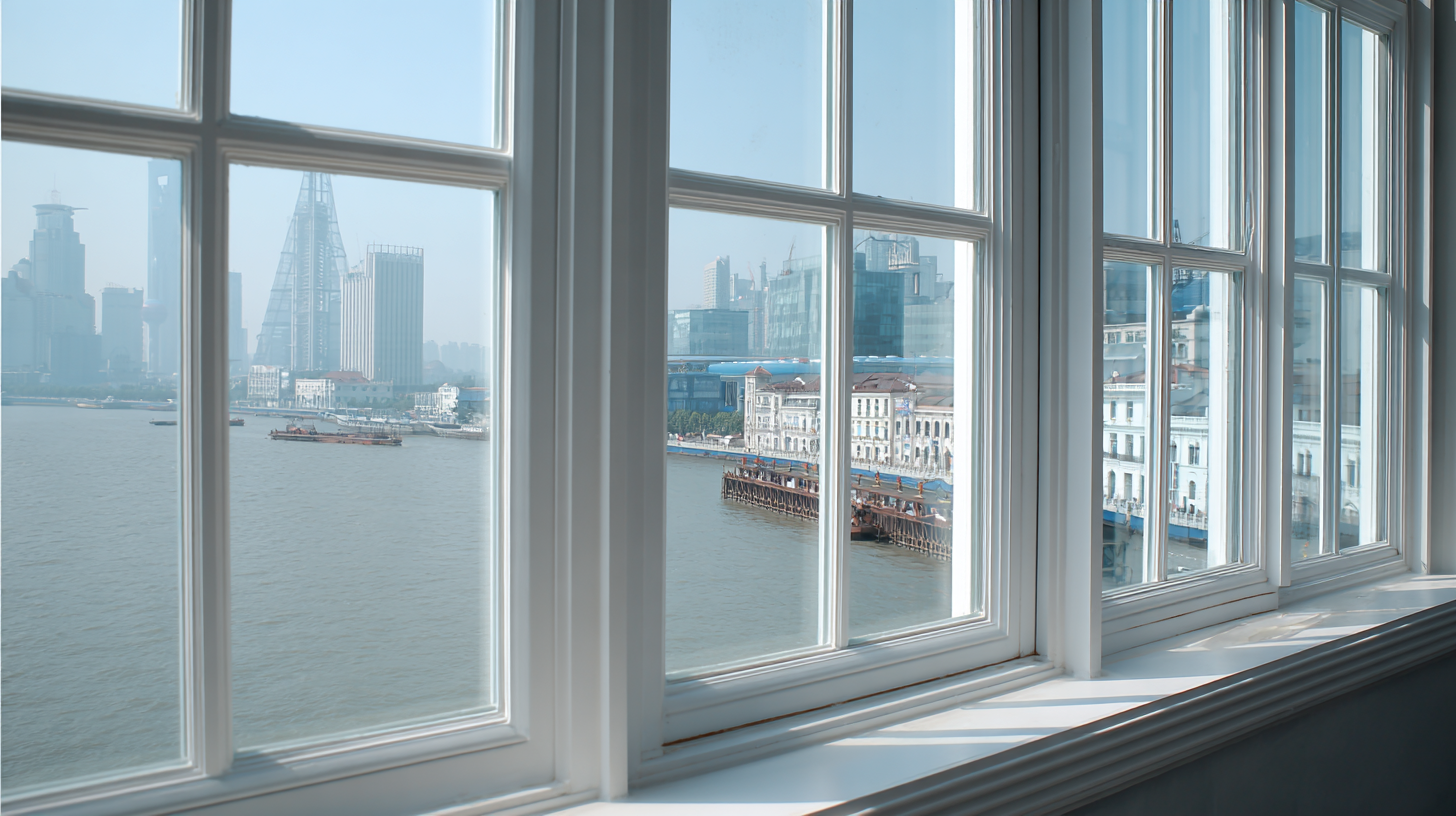
Additionally, the use of eco-friendly composites made from recycled materials will be a highlight at the fair. Manufacturers are investing in research to develop products that not only meet high-performance standards but also address environmental concerns. This shift towards greener manufacturing processes aligns with global trends in sustainability, making composite windows a compelling choice for eco-conscious consumers. The innovations presented at the Canton Fair are poised to redefine standards in the industry, driving future growth and customer engagement in the composite windows sector.
Analysis of Consumer Preferences in Composite Window Products
At the 138th Canton Fair in 2025, the composite windows market is set to showcase significant trends influenced by evolving consumer preferences. As households increasingly seek durability and energy efficiency in their home decor, composite window products have gained traction. These windows blend various materials to offer enhanced performance while appealing to eco-conscious consumers who prioritize sustainability. The shift towards composite materials signifies a broader trend in home improvement sectors, where consumers favor products that promise lower maintenance and better thermal insulation.
Understanding consumer preferences is crucial for manufacturers aiming to capture market share in this growing segment. Recent studies indicate that consumers are not only interested in the functional aspects of composite windows but also in aesthetic personalization options. This dual focus on both practicality and style reflects a broader consumer trend towards individualized home solutions that blend with personal tastes. As the home decor market continues to expand, driven by an increasing valuation projected to exceed $1 trillion by 2032, tapping into these insights will be imperative for businesses looking to innovate and meet the demands of modern homeowners.
Impact of Sustainability on Composite Windows Industry Strategies
The 138th Canton Fair 2025 provides a pivotal platform for exploring the evolving trends in the composite windows market, with sustainability increasingly influencing industry strategies. As per the Global Composite Windows Market Report, the market is projected to grow at a CAGR of 7.4% from 2023 to 2030, largely driven by the rising emphasis on eco-friendly building materials. This shift reflects a broader movement within the construction industry toward sustainable practices, propelled by government regulations and consumer demand for energy-efficient products.
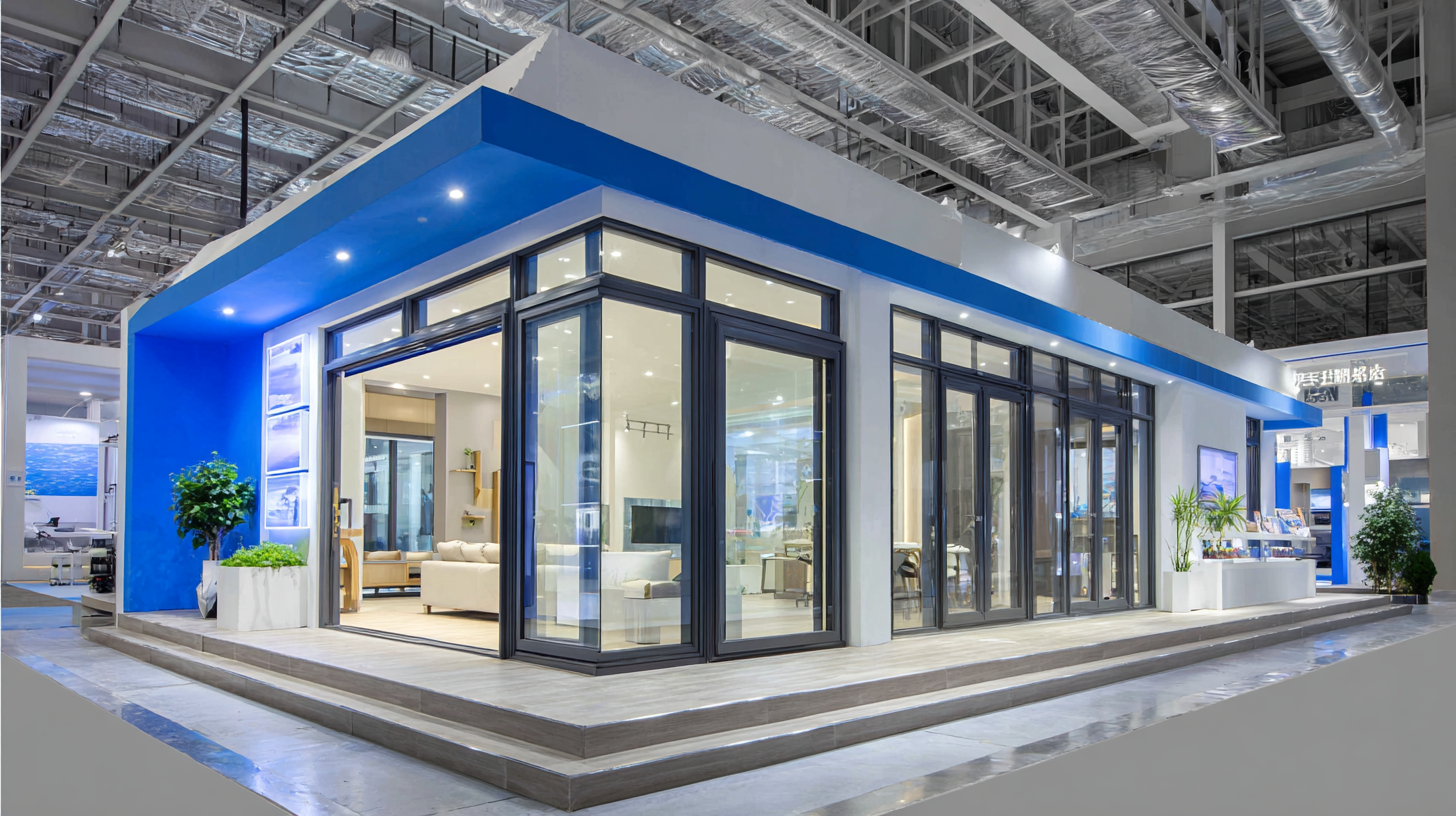
Furthermore, the impact of sustainability on composite windows is profound, with manufacturers prioritizing the use of recycled materials and energy-efficient processes. According to a recent report by ResearchAndMarkets, around 62% of architects now prefer sustainable materials for construction projects, indicating a strong market alignment towards eco-conscious designs. Companies showcasing at the Canton Fair are likely to highlight innovations that not only reduce carbon footprints but also enhance the durability and performance of composite windows. This focus on sustainable solutions is expected to position them favorably in an increasingly competitive market landscape.
Competitive Landscape: Leading Players in the Composite Windows Sector
The composite windows sector has witnessed significant growth, which was notably highlighted during the 138th Canton Fair in 2025. Numerous leading players showcased their innovative products, reflecting the trends and preferences shaping the industry. Companies such as XYZ Windows and ABC Glass, known for their advanced designs and sustainable materials, drew considerable attention. Their commitment to energy efficiency and durability meets the evolving demands of consumers who prioritize both functionality and environmental impact.
The competitive landscape is rapidly evolving as new entrants emerge alongside established manufacturers. Players like DEF Holdings have increased their market share by leveraging cutting-edge technology and strategic partnerships. Moreover, firms are focusing on enhancing customer experiences through customized solutions. As the market continues to expand, these leaders are setting the pace with comprehensive product lines that cater to diverse architectural styles and client needs, thereby solidifying their positions in the composite windows market.
Exploring Composite Windows Market Trends at the 138th Canton Fair 2025 with Key Industry Insights
| Region | Market Share (%) | Growth Rate (CAGR) | Key Drivers | Challenges |
|---|---|---|---|---|
| North America | 35% | 5.2% | Rising demand for energy-efficient buildings | Regulatory compliance |
| Europe | 30% | 4.8% | Sustainability initiatives | High material costs |
| Asia Pacific | 25% | 6.5% | Urbanization and infrastructure development | Economic fluctuations |
| Latin America | 5% | 3.9% | Growing residential sector | Low consumer awareness |
| Middle East & Africa | 5% | 4.0% | Tourism and commercial projects | Political instability |
